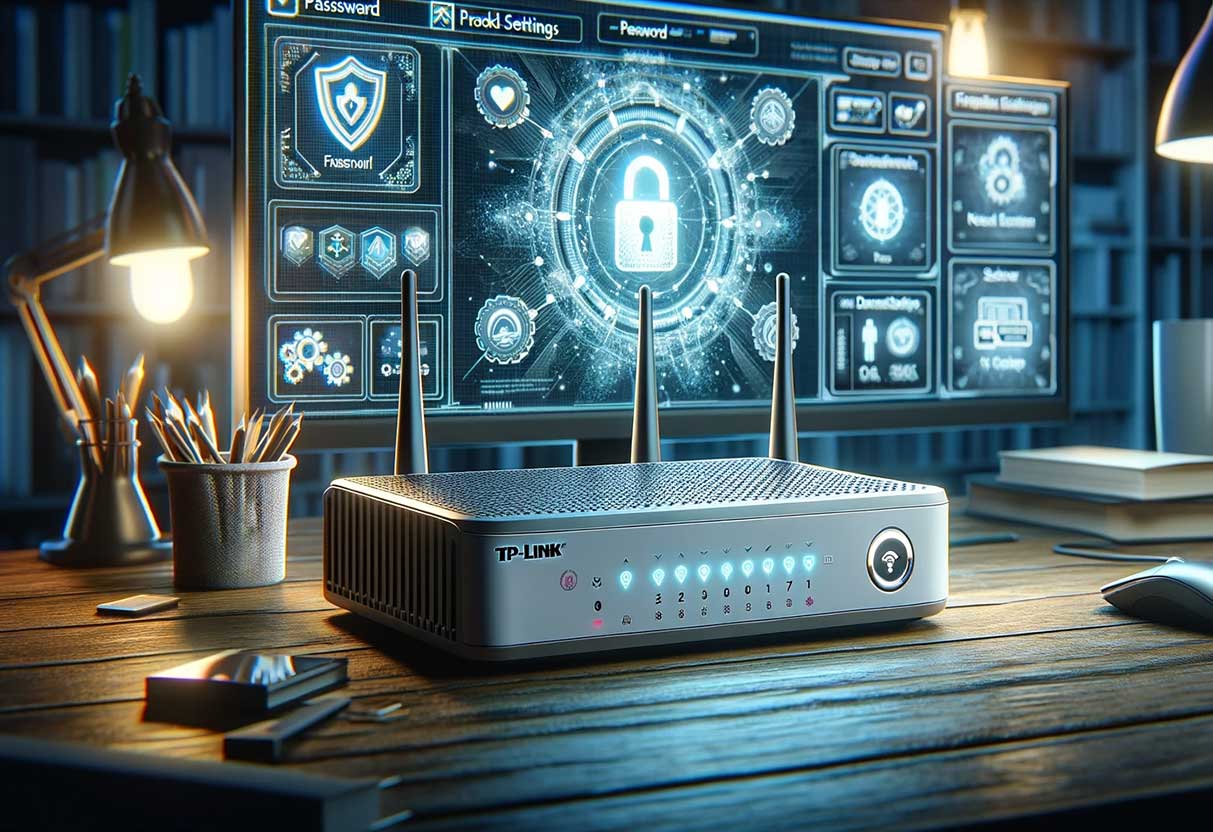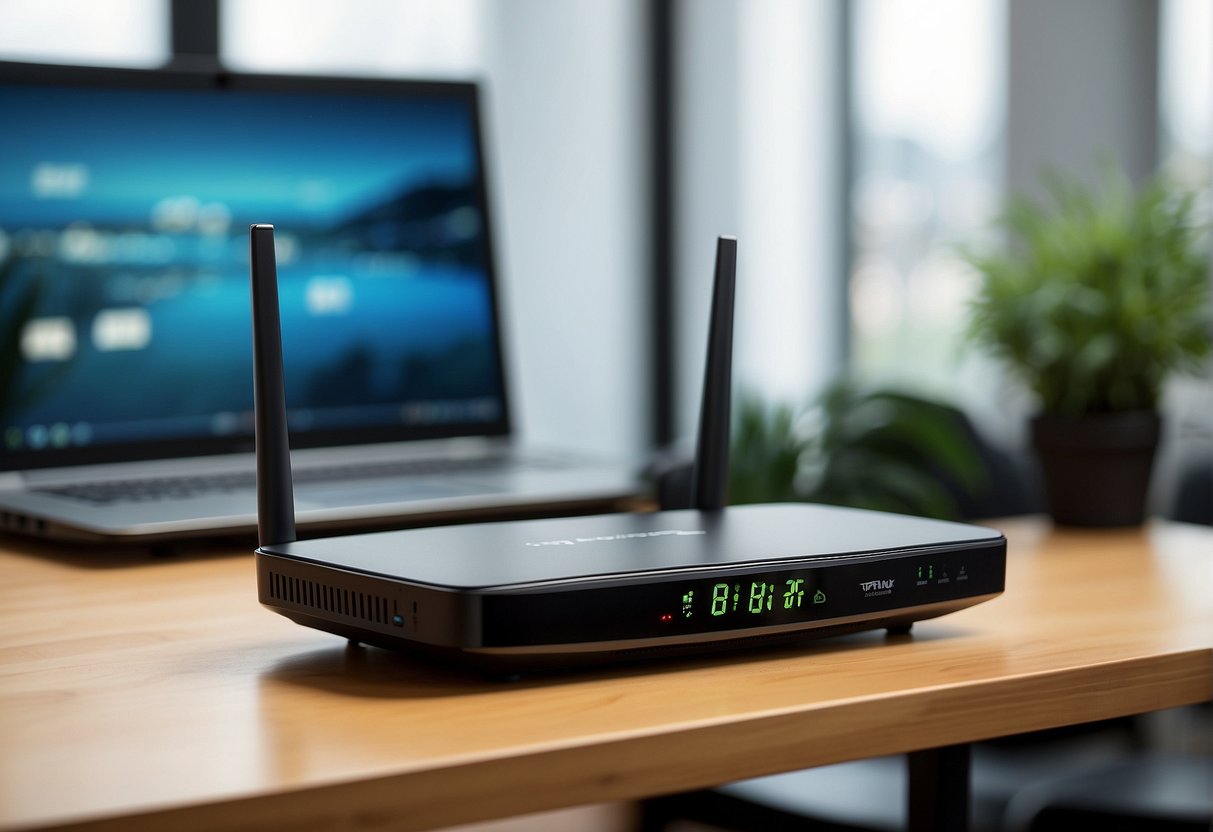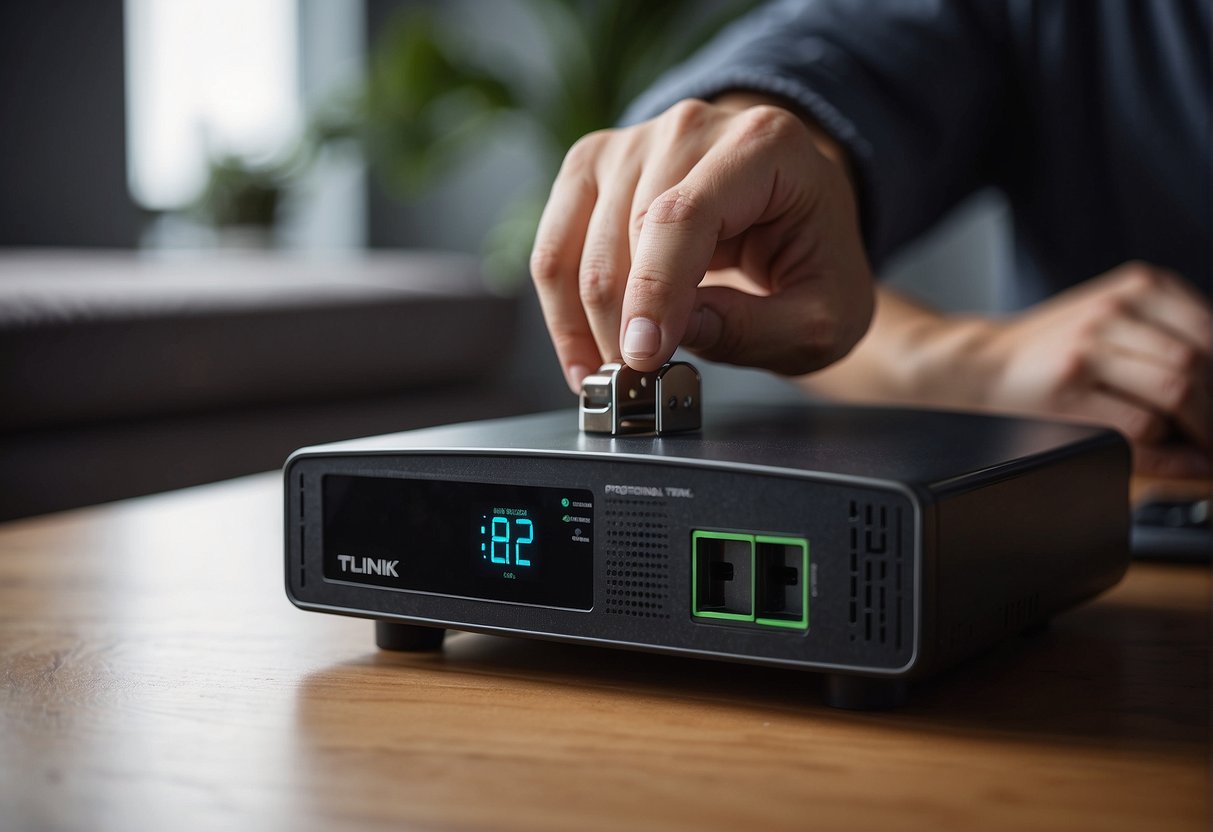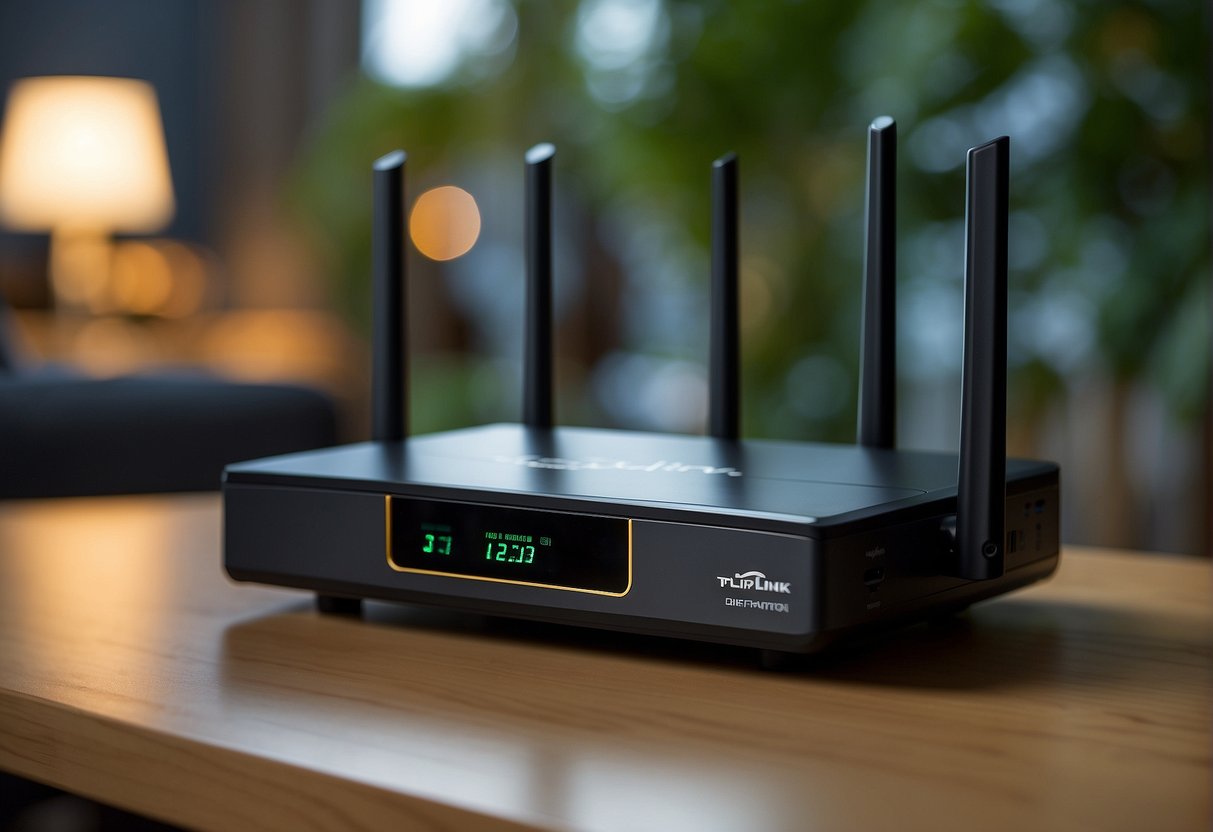Securing a home network begins at the router, the gateway between the internet and all connected devices. A TP-Link router, recognized for its reliability and user-friendly interface, offers several security features to safeguard digital information. Implementing security measures on a router can prevent unauthorized access and protect against potential cyber threats. It’s not just about setting a password; it’s about understanding the range of features available and how they can enhance the overall security of the network.

Key Takeaways
- Securing a TP-Link router is crucial for protecting a home network from unauthorized access.
- Encryption and firmware updates are fundamental to router security.
- Monitoring network activity allows for the detection of unusual access patterns.
Understanding Your TP-Link Router’s Features
A TP-Link router is equipped with a range of features designed to manage and secure a home network. To harness these capabilities, one should familiarize themselves with the following key aspects:
- Web-based Utility: This is the management interface for the router, accessible through a web browser. Here, users can configure network settings, parental controls, and security features.
- Network Security: The router comes with various security protocols, such as WPA, WPA2, and WPA3, to encrypt and protect the wireless network. Users can change their security settings to ensure that their network is not easily breached.
Security Protocol Description WEP Basic encryption, now outdated WPA Improved security over WEP WPA2 Further enhanced security WPA3 Latest security with improvements - Wireless Settings: Users can also modify SSID (network name) and passwords, control bandwidth allocation, and enable or disable wireless radio through this panel.
- Parental Controls and Guest Network: These features allow the owner to restrict access for children or create a separate network for guests, thus ensuring the main network remains secure.
- Firmware Updates: Keeping the router’s firmware up to date is crucial for security and performance. Users should regularly check for and apply updates provided by TP-Link.
- Advanced Features: Some TP-Link routers offer advanced features such as QoS (Quality of Service), VPN server, and NAT forwarding which can further enhance the network’s functionality and security.
By understanding these features, users can optimize their network’s performance and security. It’s important to refer to specific guides and tutorials from TP-Link to ensure correct implementation of these settings.
Setting Up Basic Security Measures
Implementing basic security measures on one’s TP-Link router is essential to prevent unauthorized access and protect the network. These measures include modifying default credentials, ensuring the router’s firmware is up-to-date, and configuring the wireless settings appropriately.
Change Default Admin Credentials
The router comes with default admin credentials, which are widely known and can easily be exploited. It is critical to change the admin username and password to something unique and strong. This prevents unwanted users from gaining administrative access to the router. For detailed steps on changing credentials, consult the guide on how to change your security settings on your TP-Link Router.
Update Router Firmware
Keeping the firmware of the router up to date is essential for security, performance, and feature updates. TP-Link regularly releases firmware updates to address security vulnerabilities and improve functionality. Users should check for and apply firmware updates periodically. For instructions on updating, visit TP-Link’s official Home Network Community.
Configure Wireless Settings
Properly configuring the wireless settings includes more than just setting a password. They should:
- Select WPA3 for the best security level if devices support it, or WPA2 if not.
- Create a guest network to isolate guest devices from the main network.
- Choose the correct channel width to optimize network performance and minimize interference.
For advanced wireless settings configuration, see How to Secure your Wireless Network.
Enhancing Security with Advanced Settings
To safeguard a network, it’s essential to configure advanced settings on a TP-Link router. These measures enhance protection against unauthorized access and potential threats.
Activate Network Encryption
A fundamental step in securing a TP-Link router is to activate network encryption. One should navigate to the Wireless Settings and select WPA2-PSK [AES] or WPA3-Personal+WPA2-PSK [AES] for the most robust security.
Enable MAC Address Filtering
Enabling MAC address filtering adds a layer of security by allowing only known devices to connect to the network. Access the router’s MAC Filtering option to specify the devices permitted to connect.
Disable WPS and UPnP
While WPS and UPnP can offer convenience, they can also introduce vulnerabilities. It is advised to disable WPS and UPnP features to prevent exploitation by malicious actors.
Set Up a Guest Network
Creating a guest network allows visitors to access the internet without compromising the main network’s integrity. This feature segregates traffic and restricts access to internal network resources.
Regular Maintenance and Monitoring
Maintaining and monitoring your TP-Link router is essential for ensuring optimal security performance. These practices help you stay ahead of potential vulnerabilities and keep your network safe.
Review Security Logs
Security logs are crucial for tracking unauthorized access attempts and potential breaches. One should examine these logs regularly to spot unusual activity. TP-Link routers typically provide easy access to these logs through the administrative interface.
Schedule Regular Security Audits
A security audit involves a systematic examination of your router’s settings and security features. It’s important to schedule these audits consistently. For example, verifying firmware updates and ensuring that security settings follow best practices can be part of such an audit.
Monitor Connected Devices
One must vigilantly monitor the devices connected to the network. Using the TP-Link router’s administrative tools, it’s possible to view all connected devices and their status. This helps in identifying any unauthorized devices that might pose a security risk.



